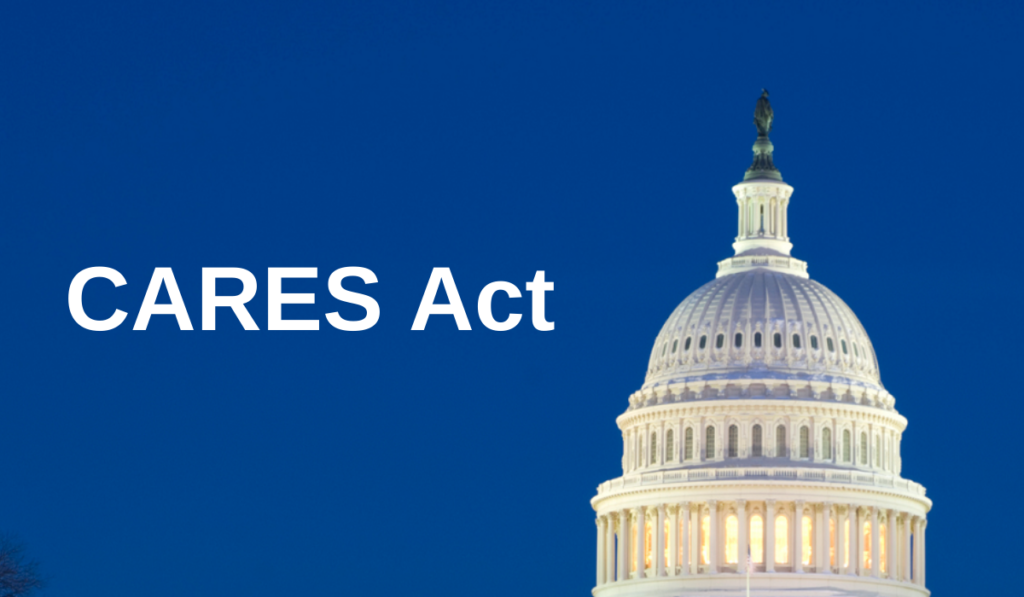
The following article was written by David Presson (Murray State ’77) who is Senior Vice President & Director of Investments at First Bank Wealth Management.
On March 27, Congress passed and the President signed into law the Coronavirus Aid, Relief and Economic Security or (CARES) Act to help combat the far-reaching impacts of COVID-19. While the bill has many provisions, one aspect of the bill increases the tax incentives for charitable giving for both individuals and corporations.
If you are itemizing deductions, the adjusted gross income (AGI) limit for cash contributions was increased for individual donors. For cash contributions made in 2020, you can now elect to deduct up to 100 percent of your AGI (increased from 60 percent).
The AGI limit for cash contributions was also increased for corporate donors. Corporations can now deduct up to 25 percent of taxable income (increased from 10 percent).
If you are not itemizing, there is still some good news for you. The CARES Act allows for an additional, “above-the-line” deduction for charitable gifts made in cash of up to $300. If you are not itemizing on your 2020 taxes, you can still claim this new deduction.
Both of these new incentives apply only to cash contributions to public charities and do not apply to contributions to supporting organizations or public charities that sponsor donor-advised funds. However, there have been no changes to existing deductions for contributions made into a donor-advised fund. This means you are still able to deduct up to 60 percent AGI in cash and up to 30 percent AGI in appreciated assets contributed to a donor-advised fund.
The CARES Act did not change the rules around IRA Qualified Charitable Distributions or QCD’s, which allows individuals over 70½ years old to donate up to $100,000 in IRA assets directly to a charity annually, without taking the distribution into taxable income.
However, remember that under the CARES Act an individual can elect to deduct 100 percent of their AGI for cash charitable contributions. This effectively affords individuals over 59½ years old the benefits similar to a QCD; they can take a cash distribution from their IRA, contribute the cash to charity, and may completely offset tax attributable to the distribution by taking a charitable deduction in an amount up to 100 percent of their AGI for the tax year.
If you’re planning a large donation in 2020, this may be a smart strategy as long as you are between the ages of 59½ and 70½ and are not dependent on existing retirement funds. With any tax advice, you also should consult your tax professional or CPA before taking any action.
 Resources
Resources
